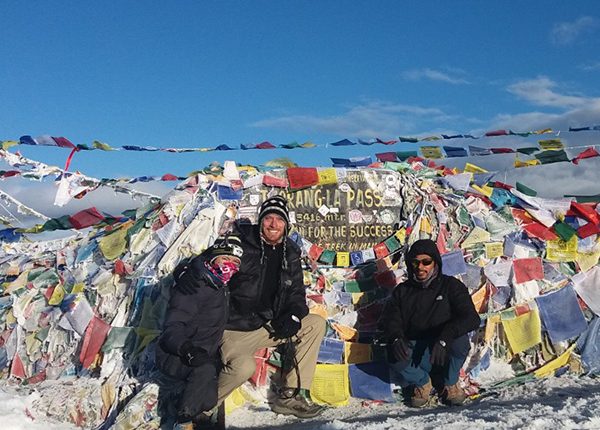The Tsum Valley, nestled within the Manaslu region close to the Tibetan frontier, stands as one of Nepal’s most isolated and culturally rich Himalayan valleys, offering breathtaking vistas of towering snow-capped peaks. The local communities in Tsum preserve an ancient form of Tibetan Buddhism, deeply rooted in their daily lives and traditions.
+977 9851191802
info@everestdestinytreks.com
Google Review



